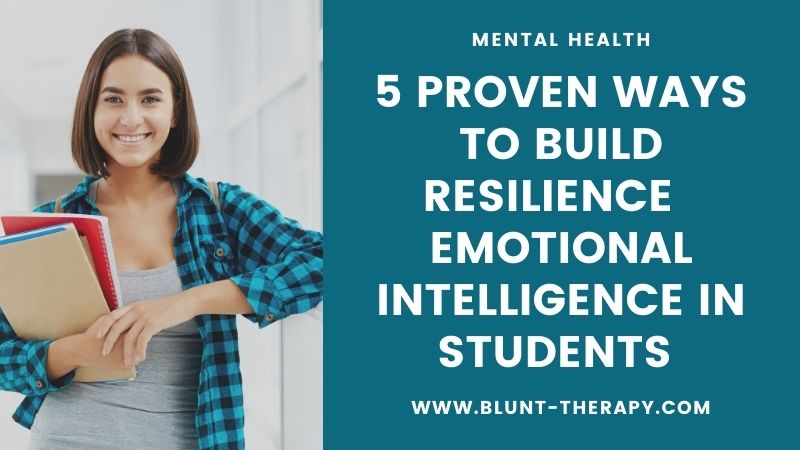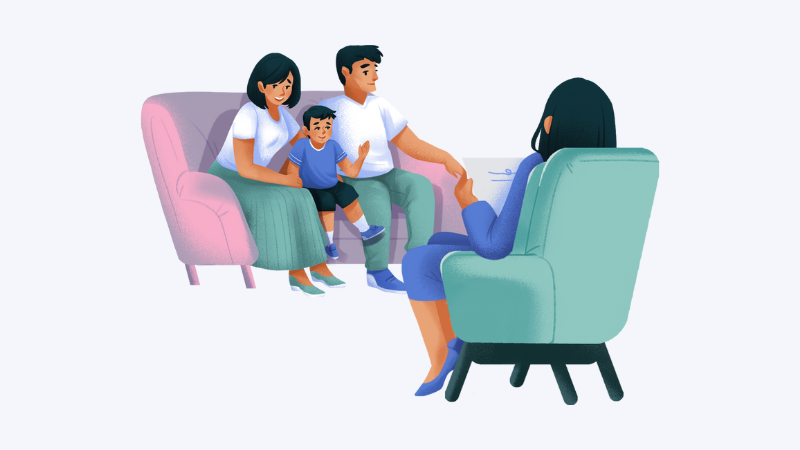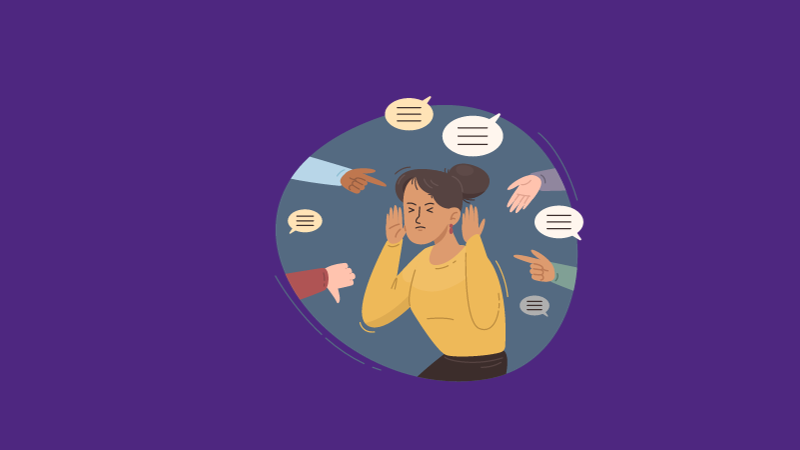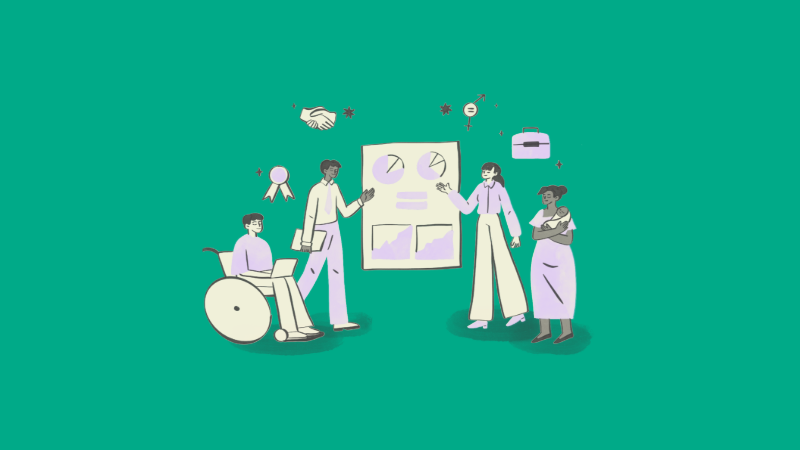Table of Contents
Affiliate link notice: As an affiliate of BetterHelp and other third-party vendors, We will receive compensation if you make a purchase using the links provided on this page. For more information, visit our disclosure page.
Last Updated on December 12, 2021 by Randy Withers, LCMHC
As a member and ally of the Lesbian, Gay, Bisexual, Transgender, Queer & Questioning (LGBTQ+) community, I can attest that our struggles are uniquely challenging.
Consider the following quote:
In light of Jamey’s death, it became clear to me in an instant that living a gay life without publicly acknowledging it is simply not enough to make any significant contribution to the immense work that lies ahead on the road to complete equality. Our society needs to recognize the unstoppable momentum toward unequivocal civil equality for every gay, lesbian, bisexual, and transgender citizen of this country.”
—from a blog post in response to the suicide of Jamey Rodemeyer, a bisexual teen and YouTuber, 2011
Imagine for a moment if the person you loved went against all of the morals and values instilled in you by your family and society. Imagine coming of age within an identity crisis.
Imagine if you had to digest and process that desire yourself. Imagine if you felt scared and isolated by something as fundamental as your relationship preference.

Imagine if the people who you thought were your friends disappeared.
Imagine if your father didn’t acknowledge you, or your mother abandoned you.
Imagine what it feels like to be the victim of intolerance or violence.
Imagine if your favorite faith community turned its back on you. Imagine if your school community bullied you.
Imagine if your workplace rejected you.
Imagine if you woke up feeling trapped in the wrong body.
Imagine living a life of lies to hide your personal truth.
If you have read this far, it should go without saying that these experiences can certainly shape your mental health.
Furthermore, research suggests that LGBTQ+ youth report significantly higher rates of seriously considering suicide compared to their heterosexual or cisgender peers.
According to The Trevor Project, the world’s largest suicide prevention and crisis intervention organization for LGBTQ+ young people, this disparity is thought to be the result of being discriminated against or victimized as part of a marginalized group rather than being LGBTQ+ itself.
Likewise, in a 2019 national survey, it was found that as many as 2 out of 3 LGBTQ+ youth had been pressured to change their gender identity or sexual preference, and less than half of that population was out to an adult in the academic setting.
Add to that a mental health condition such as depression, anxiety or bipolar disorder, and you may quickly find yourself facing a double stigma.
All this and more is responsible for the hidden lives of so many of our friends and family members. So, what can we do about it?

Start a Dialogue
Get them talking! Sadly, many people internalize their LGBTQ+ identities with shame and self-loathing resulting in the aforementioned depression and anxiety.
Studies show that telling others how much we believe in them when they don’t believe in themselves can reframe their psychology, as well as the language they develop when speaking to themselves and others.
It is important to talk about difficult issues, as this acknowledgment works to destigmatize and normalize open conversations about mental health and minimize isolation.
Learn to Listen
One of the most important things we can do is listen to our LGBTQ+ brothers and sisters.
It is important to note that while everyone’s walk is different, pain and suffering is universal, and no one should have to go it alone. Research suggests that human beings are highly social creatures.
Talkers: Even though knowing what you need – and asking for it – is difficult to do, it is only when we are socially connected that we can truly thrive.
Listeners: Know the difference between actively listening to the mental health concerns of your loved ones, and waiting for your turn to speak.
Avoid the Use of Stigmatizing Language
Avoid terms like “phase,” “cure,” and “blame.” So often, people are unaware of how they will react to a situation until their facing it head-on.
Mindfulness can help avoid those impulsive words and actions that may bring more harm than good in the heat of the moment, and allows us to restructure our questions in a supportive way.
If you’re a parent, it would be wise to ask yourself how you would feel if your child came out to you, and why.
Likewise, it is worth examining how you would handle a mental health crisis as a friend or family member of an LGBTQ+ individual, as well as what resources you have access to in your community.
Offer your Support
While love and acceptance is essential in any loving bond, it remains a priority when navigating the sensitive subject matter of sexual orientation and gender identity.
Members of the LGBTQ+ community often lack support, which can exacerbate their vulnerability to mental illness.
Support may also take the form of monitoring. Monitoring the mental health and relationship quality of your LGBTQ+ friends and family may lend itself well to early intervention, especially in youth populations.

Get Involved!
Continue to educate yourself and advocate for under-served populations in your community by getting involved with one or more of the following organizations:
The Trevor Project
- The world’s largest suicide prevention and crisis intervention organization for LGBTQ+ youth.
NAMI: The National Alliance on Mental Illness
- NAMI offers support groups and mental health services to LGBTQ+ allies and members.
AFSP: The American Foundation for Suicide Prevention
- Bringing awareness and legislative change regarding suicide prevention policies on state and federal levels.
LGBTQ+ Affirming Addiction Treatment
- This article shows why providing an LGBTQ-affirming treatment facility creates a more inclusive treatment environment and expands potential recruitment opportunities. Treatment programs that offer treatment to the LGBTQ+ community are vital to the growth of your treatment program.
If you take nothing else from this post, take this: Remember, it is completely possible to disagree with someone without losing your love or respect for that person. Be kind, always.










Thank you, Randy!
Any time! Keep em coming!